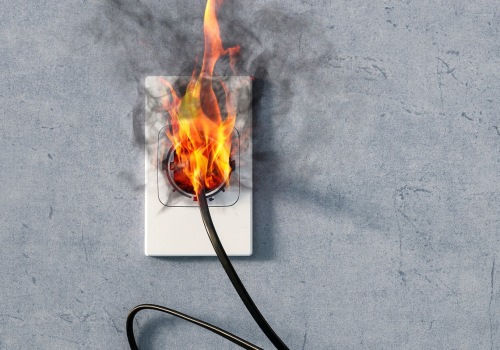Currently, around 900 new bitcoins are mined every day. The interesting thing to keep in mind is that more people mining Bitcoin does not lead to an increase in the number of coins that are mined. This won't be the case for long though, as Ethereum is phasing out miners before their migration to a proof-of-stake blockchain system. To earn new bitcoins, you must be the first miner to come up with the correct answer, or the closest answer, to a numerical problem.
It is common knowledge that it has become very difficult for individual miners to access the best machines and the cheapest electricity rates. In response, many miners have decided to switch their resources between mining pools based on their payment method and the price of bitcoin. For the individual miner, the only hope of competing with operations that have access to such cheap electricity is to send their machines to those farms themselves. In exchange for their effort, every successful miner is rewarded with newly converted cryptocurrency and any fees associated with the transactions they include in the new block.
Not only do miners have to consider the costs associated with the expensive equipment needed to have a chance to solve a hash problem, but they must also consider the significant number of electric power mining rigs they use to generate large amounts of nonces in search of the solution. Bitcoin miners earn bitcoin by collecting something called a block reward plus the fees bitcoin users pay miners for securely recording their bitcoin transactions on the blockchain. You could simply improvise some gaming computers or quietly take advantage of your school or office infrastructure, and mine so many bitcoins that you would be ready for a lifetime, as long as you had diamond hands (never sold), sold at the right time, or you didn't throw away your hard drive. As mentioned earlier, miners receive a reward on each block they mine, made up of the block subsidy and transaction fees.
Before Russia's war with Ukraine, Russia's central bank called for a total ban on cryptocurrency mining, and a recent report stated that “the potential financial stability risks associated with cryptocurrencies are much greater for emerging markets, including in Russia. In the early days of Bitcoin, when it was CPU mined and the difficulty levels for its algorithm were easy, a rising price of cryptocurrency ensured that mining was profitable for individual miners. The more computing power a machine has, the more solutions (and, therefore, block rewards) a miner is likely to encounter. If you compare this to the income from mining a different crypto currency, such as Ethereum, which is mined with graphics cards, you can see that the income from mining Bitcoin is twice that of mining with the same amount of GPU that you could buy for an ASIC.
But there are ways that cryptocurrency mining can remain profitable for the average person, and not just with bitcoin.








